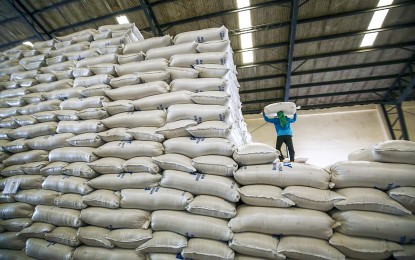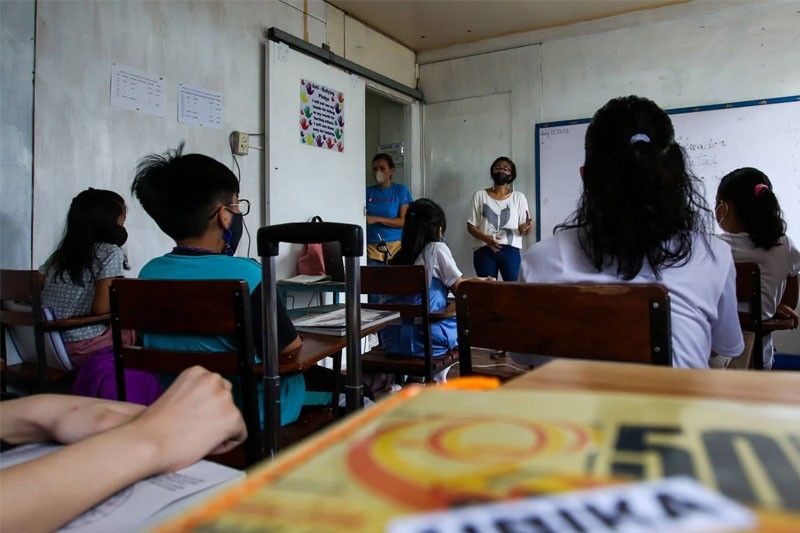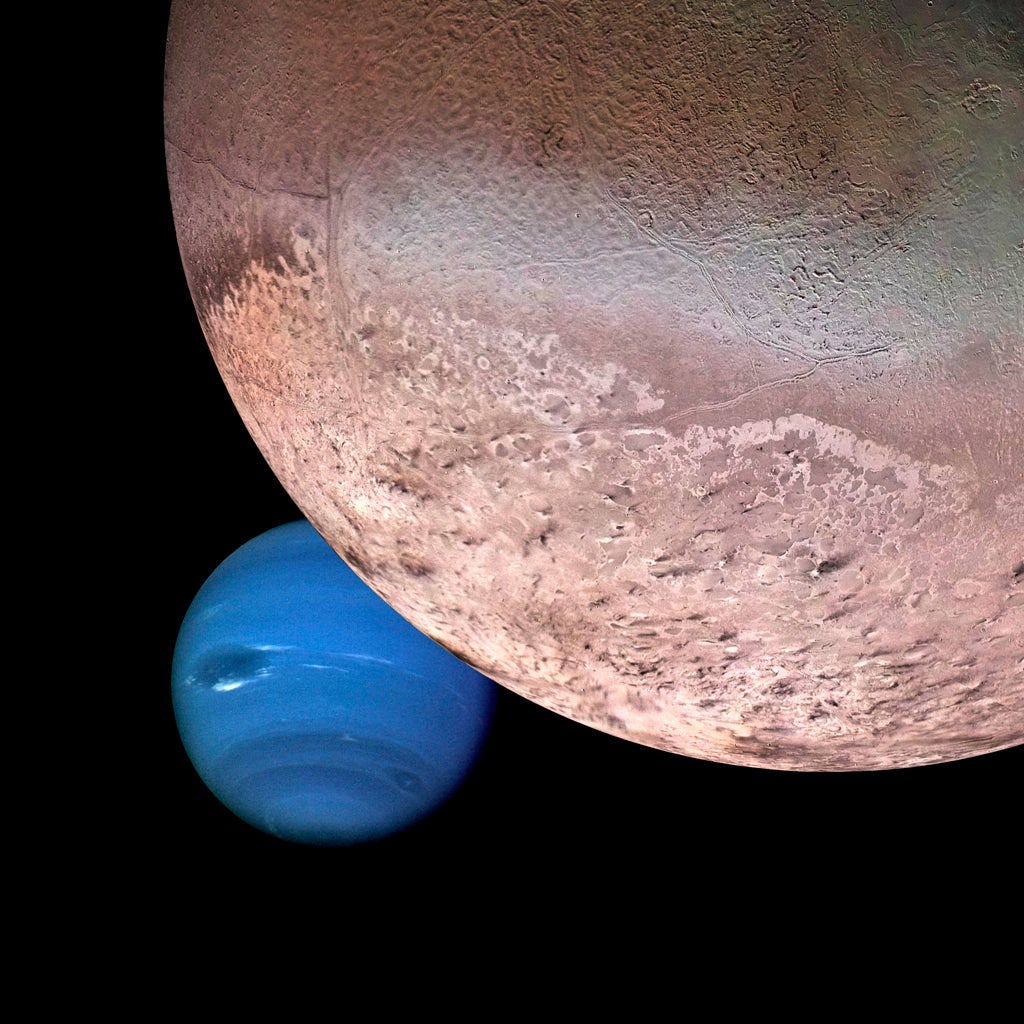Thousands of Qualified Students Denied Admission to Philippine Science High School Due to Limited Slots
The Philippine Science High School (PSHS) system has rejected over 5,800 eligible students in the past three years due to limited space, despite them passing the entrance exam. A report by the Second Congressional Commission on Education (EDCOM 2) revealed that out of 49,481 applicants, 11,351 students qualified, but only 5,544 were admitted across 16 campuses. The commission emphasized the competitiveness of PSHS admissions and the challenge of accommodating all qualified students.

PSHS Admission Challenges: Expanding Opportunities for STEM Education
In a concerning revelation by the Second Congressional Commission on Education (EDCOM 2), over 5,800 eligible students were unable to gain admission to the Philippine Science High School (PSHS) system over the past three years despite passing its highly competitive entrance exam. The limitation stems from persistent space constraints in the institution, which have hindered many promising students from accessing its prestigious programs.
The numbers are striking: of the 49,481 applicants during the period, 11,351 students successfully qualified for admission based on merit. However, only 5,544 were accepted across the 16 PSHS campuses nationwide, leaving nearly half of the qualified applicants without a slot. For these students—many of whom dream of careers in science, technology, engineering, and mathematics (STEM)—the rejection represents more than an opportunity lost; it highlights systemic challenges in accommodating the nation's brightest young minds.
A Beacon for STEM Education
The PSHS system has long been recognized as a premier institution for STEM education in the Philippines. With its rigorous admissions process and specialized curriculum, it aims to nurture the next generation of scientists, engineers, and innovators who will contribute to the nation’s progress. PSHS provides not only advanced coursework but also invaluable opportunities for research, mentorship, and international exposure, preparing students for competitive careers both locally and globally.
However, the growing interest in STEM fields has brought to the forefront the urgent need to address capacity limitations within the PSHS system. Each year, the pool of applicants expands as more students and their families recognize the value of STEM-focused education. Yet, the current infrastructure struggles to keep pace with demand, leaving many deserving students at the doorstep of opportunity.
Addressing the Enrollment Gap: Solutions in Sight
The EDCOM 2 report emphasizes the critical importance of expanding the PSHS infrastructure to accommodate more students. Education experts argue that improving access to STEM education is essential for strengthening the Philippines’ scientific and technological workforce—a workforce that will be instrumental in addressing national and global challenges in the years to come.
The Department of Science and Technology (DOST), which oversees the PSHS system, has made strides in improving facilities and resources across campuses. However, these efforts alone may not be sufficient. Stakeholders, including educators and policymakers, are calling for a multi-pronged approach to address the issue:
-
Infrastructure Expansion: Increasing the number of campuses and enlarging existing facilities to accommodate more students is seen as a key priority. This would allow the PSHS system to serve a greater proportion of qualified applicants, ensuring that no talent is left untapped.
-
Enhanced Funding: Securing additional government and private-sector funding to support the construction of new classrooms, laboratories, and dormitories is crucial. These investments would not only increase capacity but also enhance the quality of education provided.
-
Increased Scholarships: Expanding financial support for students could make the PSHS system more inclusive, especially for those who face economic barriers to education.
-
Policy Reforms: Advocates are pushing for legislative initiatives that prioritize STEM education in the national budget, ensuring a steady stream of resources for PSHS and similar institutions.
A Call for Action
As the government continues to champion educational reforms, addressing the enrollment challenges at PSHS remains a critical issue. Policymakers and stakeholders alike recognize that investing in STEM education is not just about providing opportunities for individual students; it is about securing the nation’s future. By empowering talented young minds with the education and tools they need to excel, the Philippines can position itself as a leader in science and technology on the global stage.
The PSHS story is one of immense potential and possibility, but it also serves as a reminder of the work that remains to be done. With bold and decisive action, the dream of a more inclusive and accessible STEM education system can become a reality—one that inspires and supports generations of Filipino innovators.
What's Your Reaction?












/https://tf-cmsv2-smithsonianmag-media.s3.amazonaws.com/filer_public/54/66/546650fa-26a4-40fd-8d6d-5a7a04540f81/rosetta2.png)
:max_bytes(150000):strip_icc():focal(999x0:1001x2)/robert-prevost-050825-1-39395418ab494da5a3a700c9478e66c8.jpg)


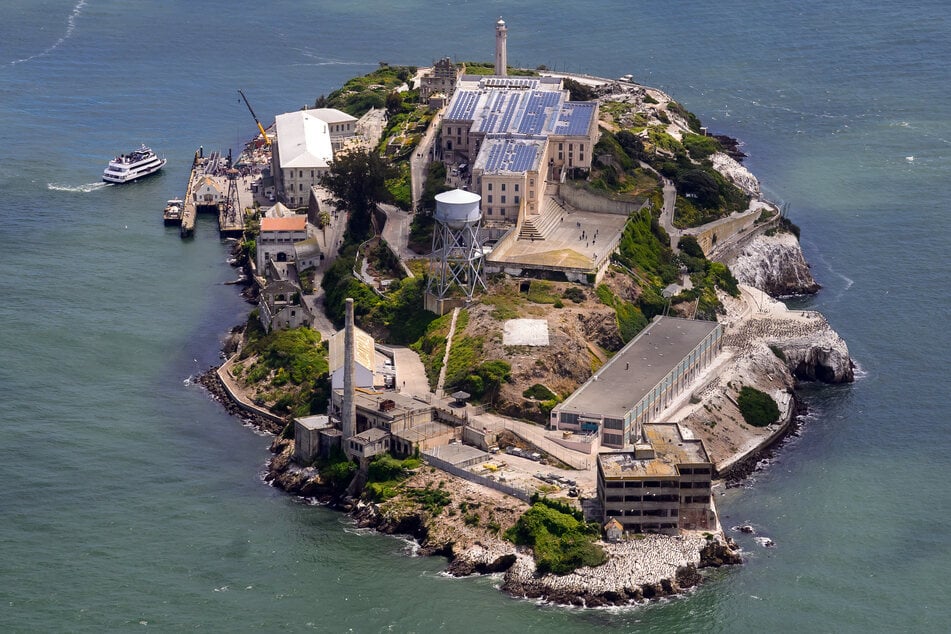

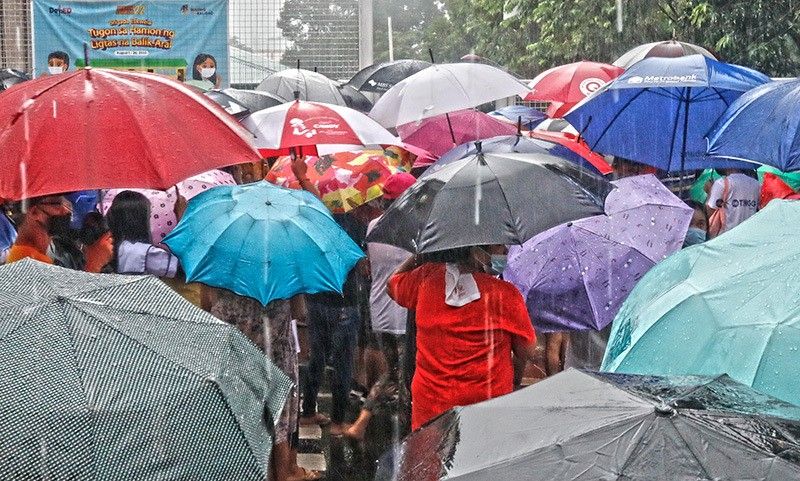

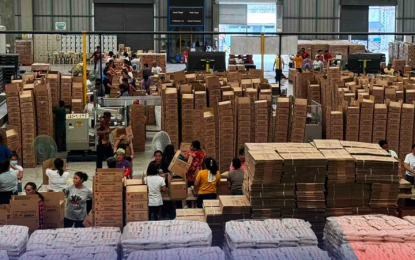






























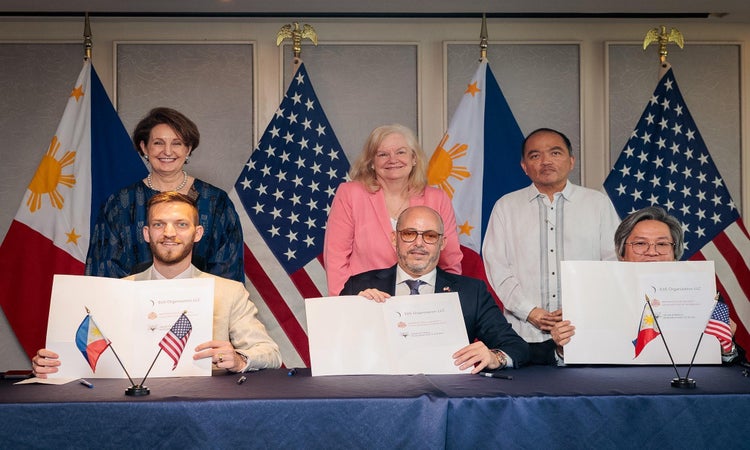









format(webp))
format(webp))











